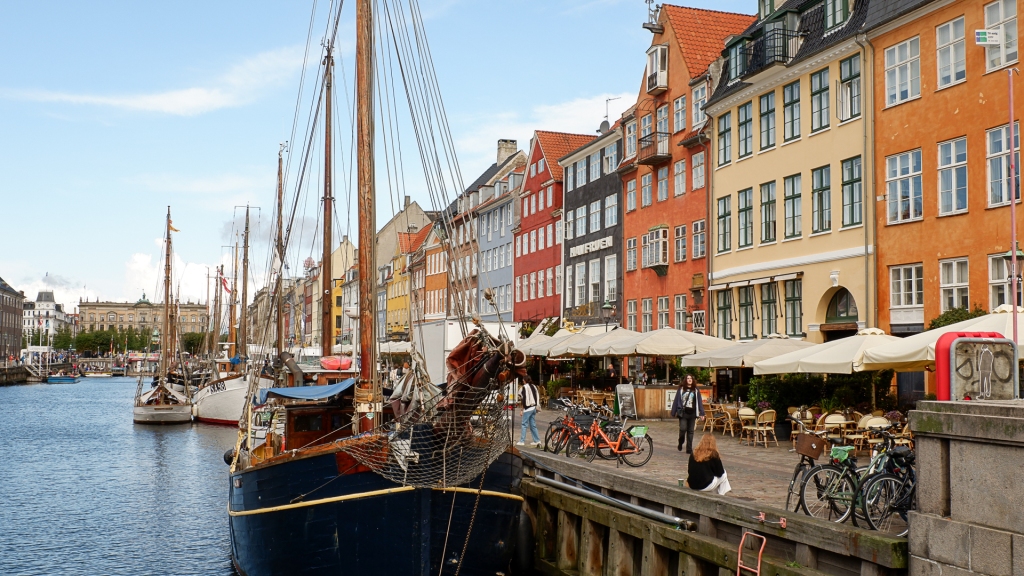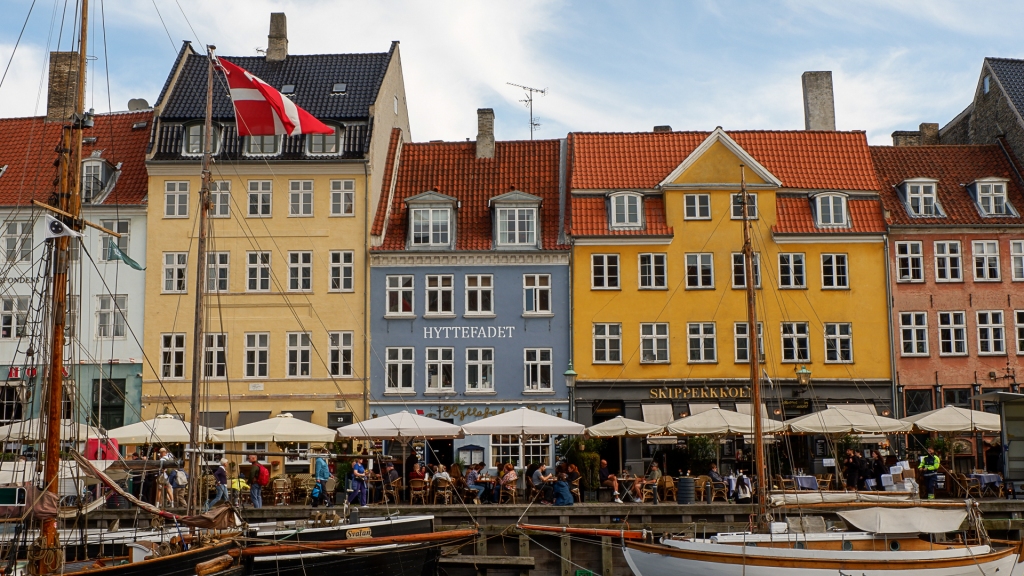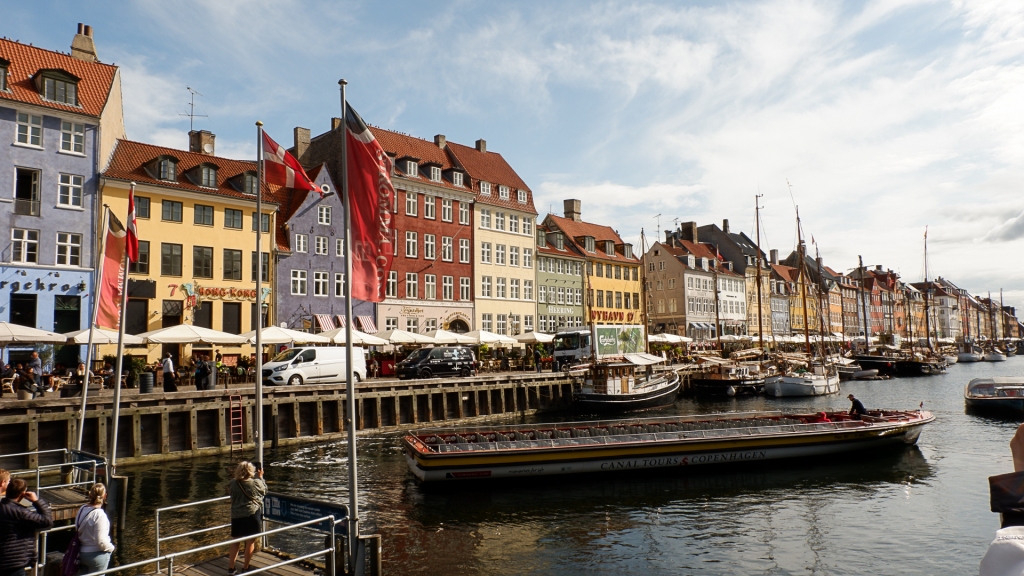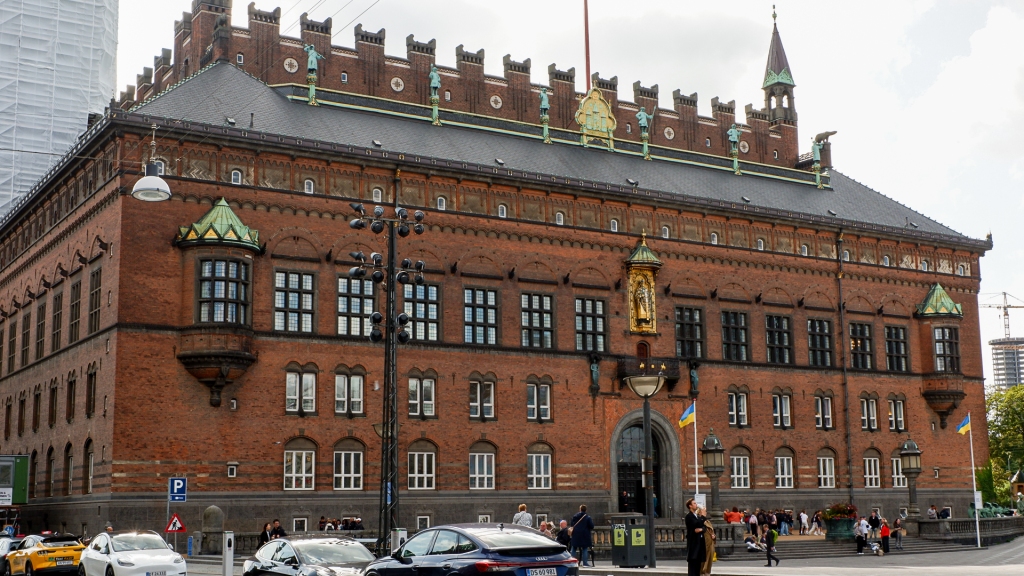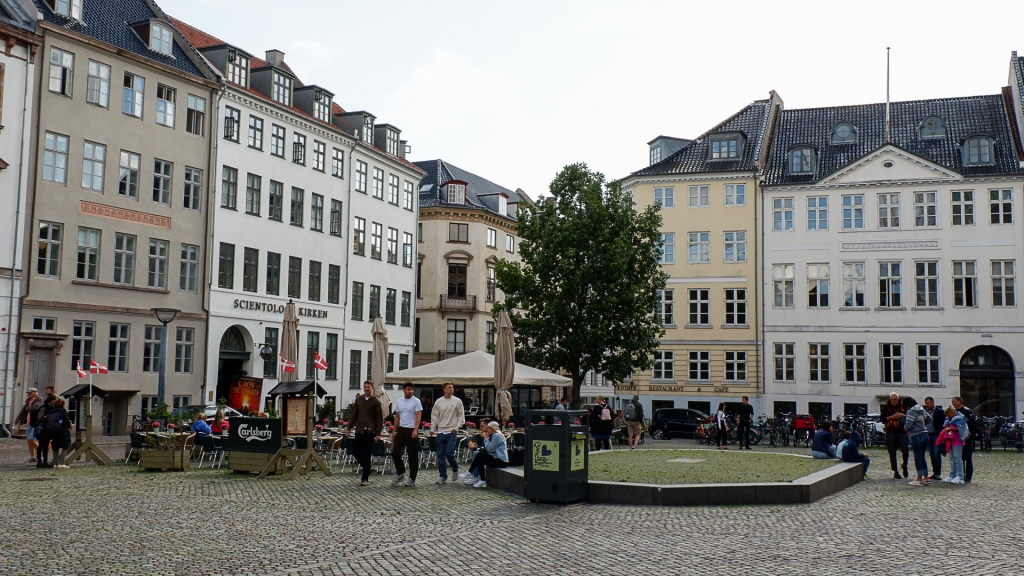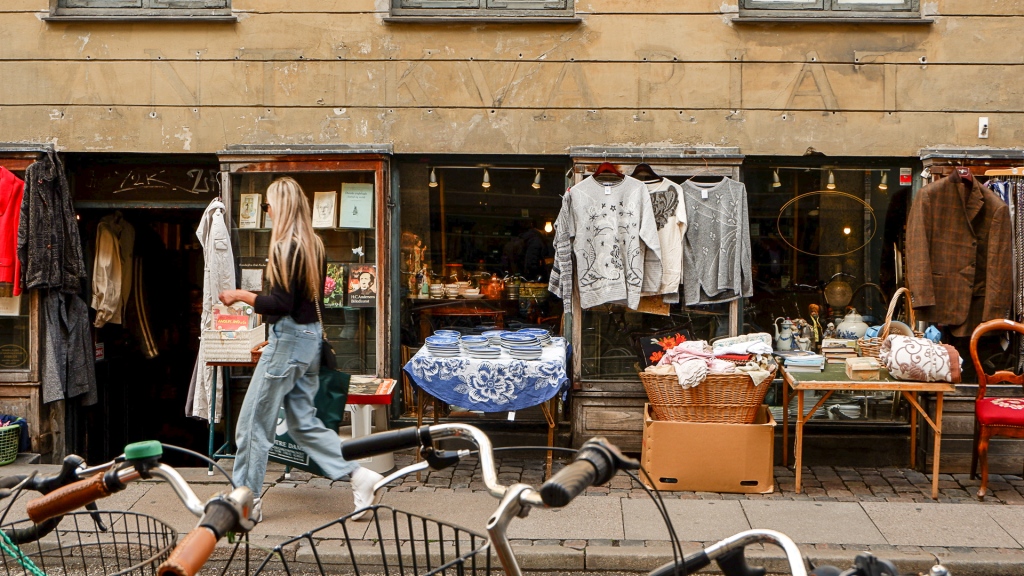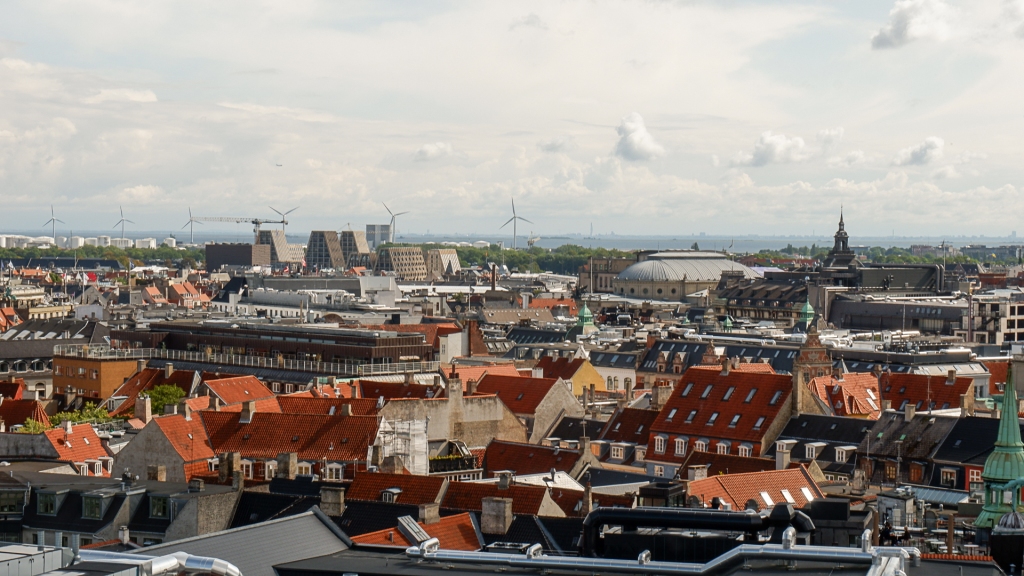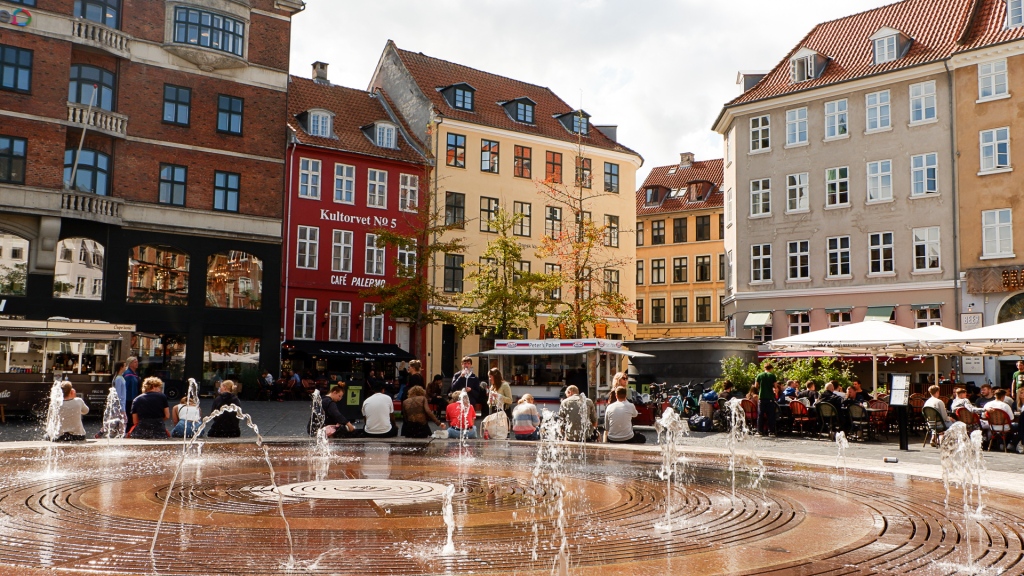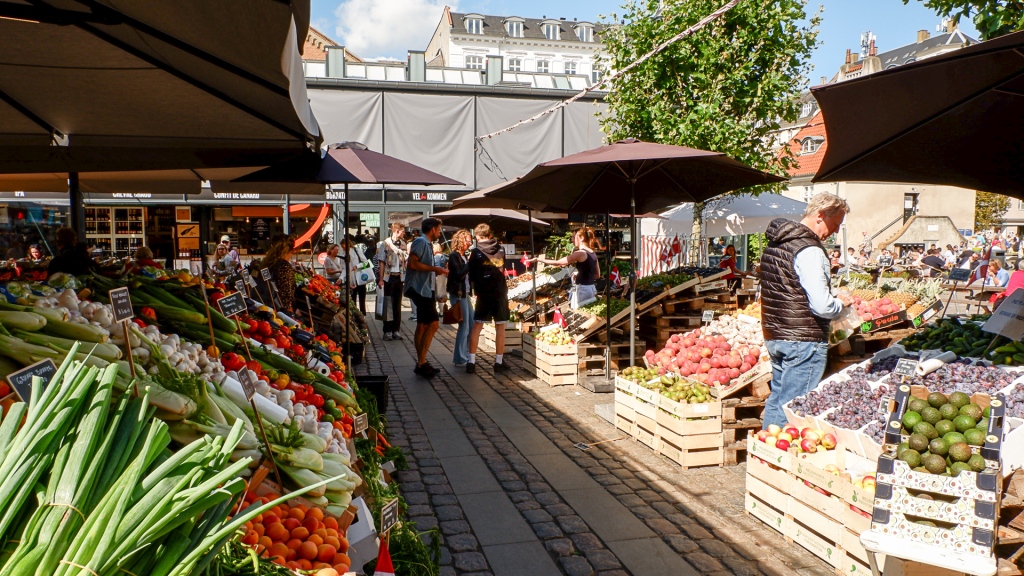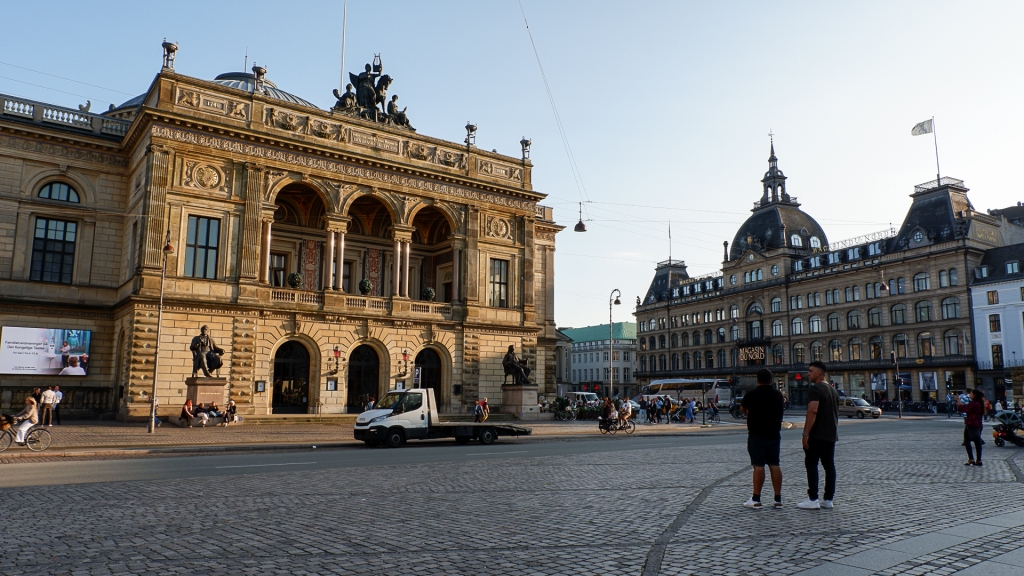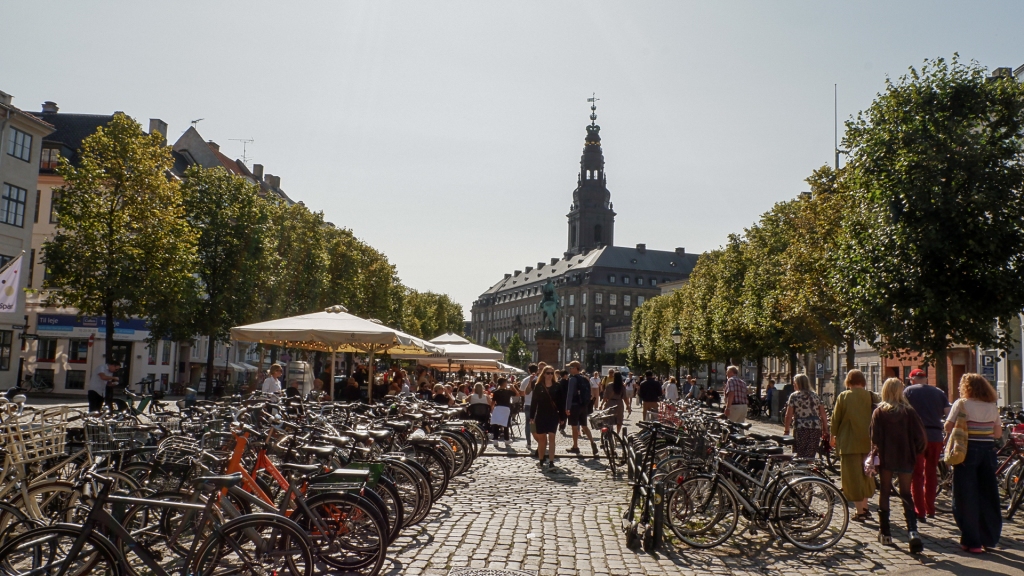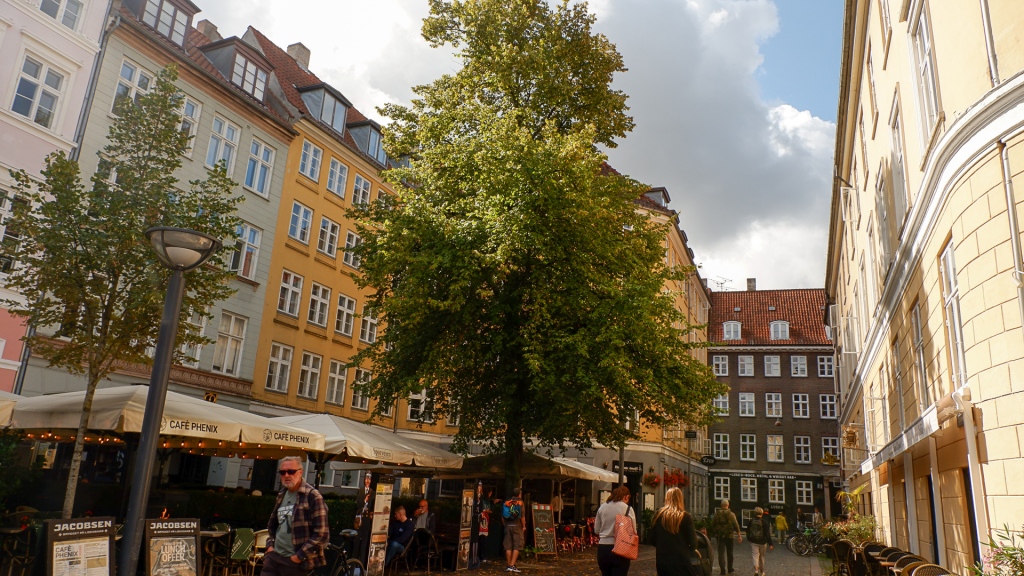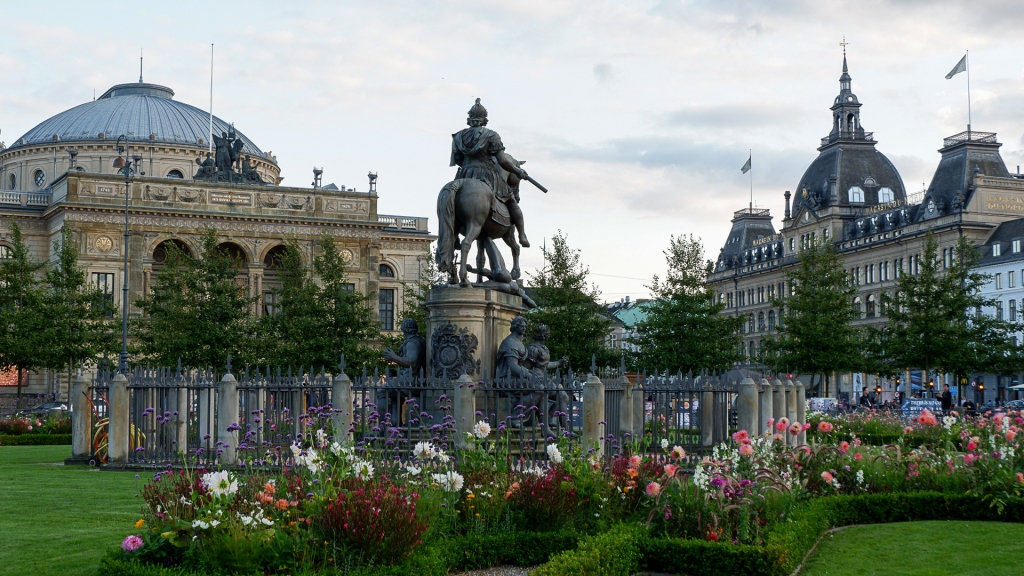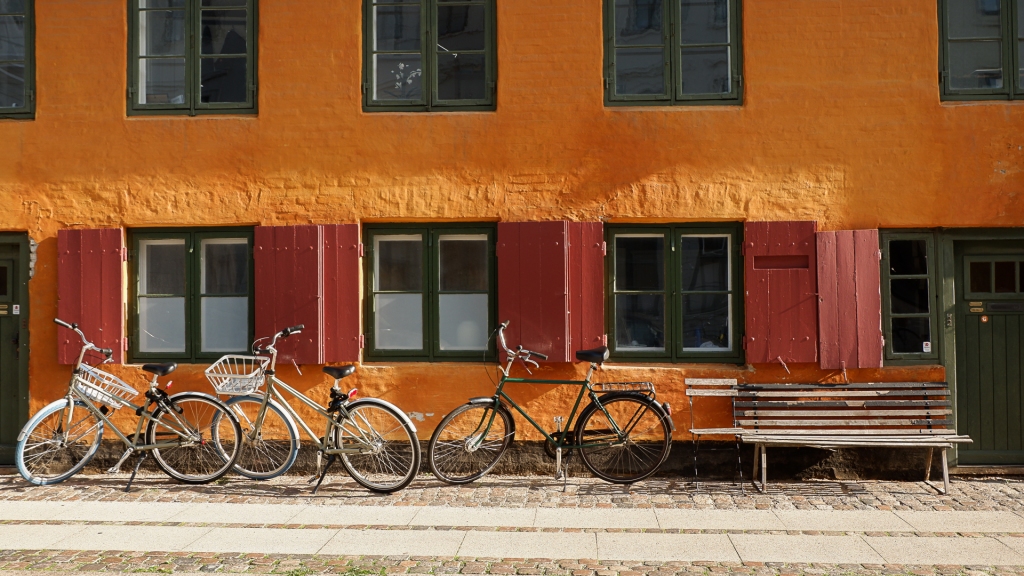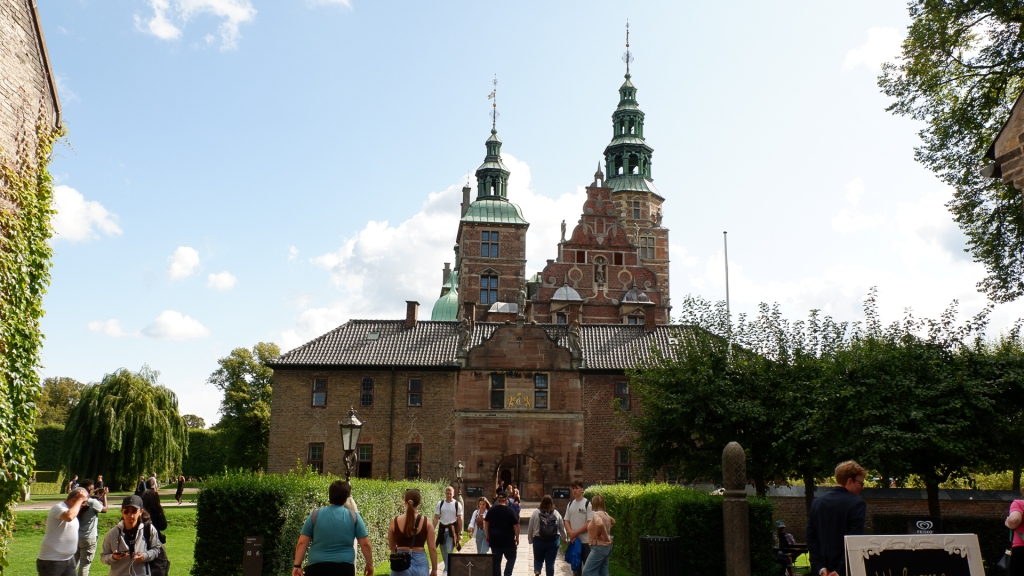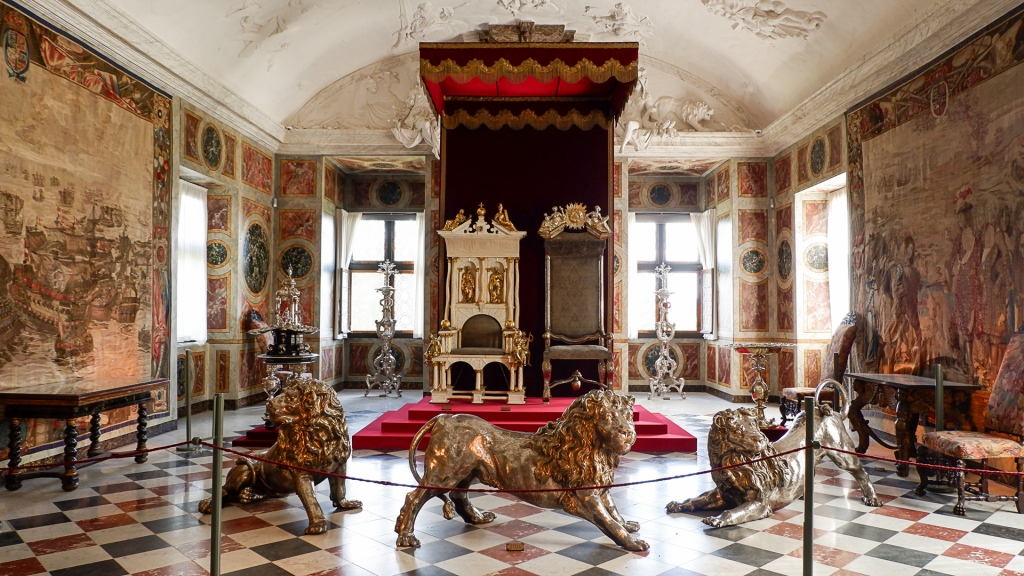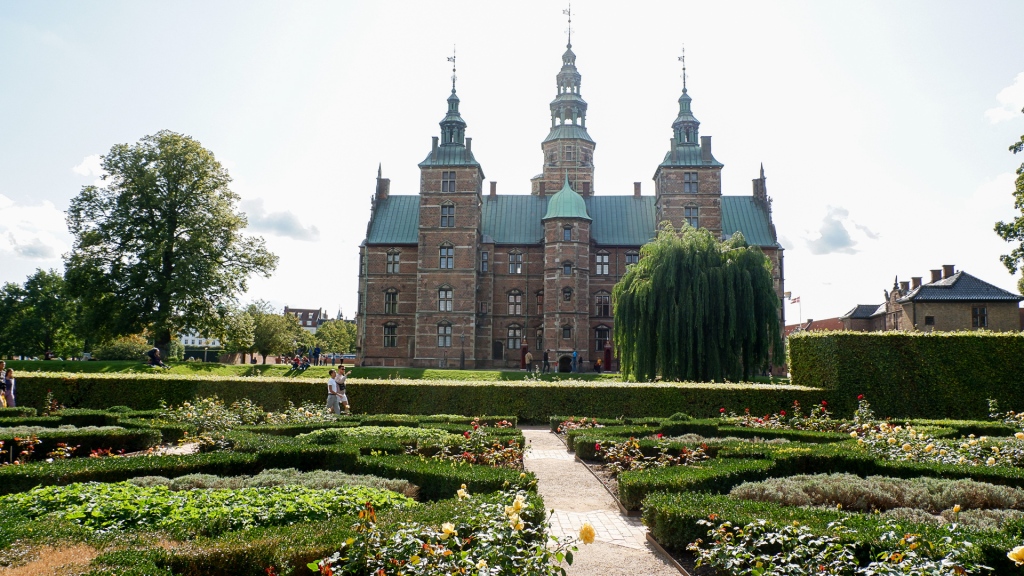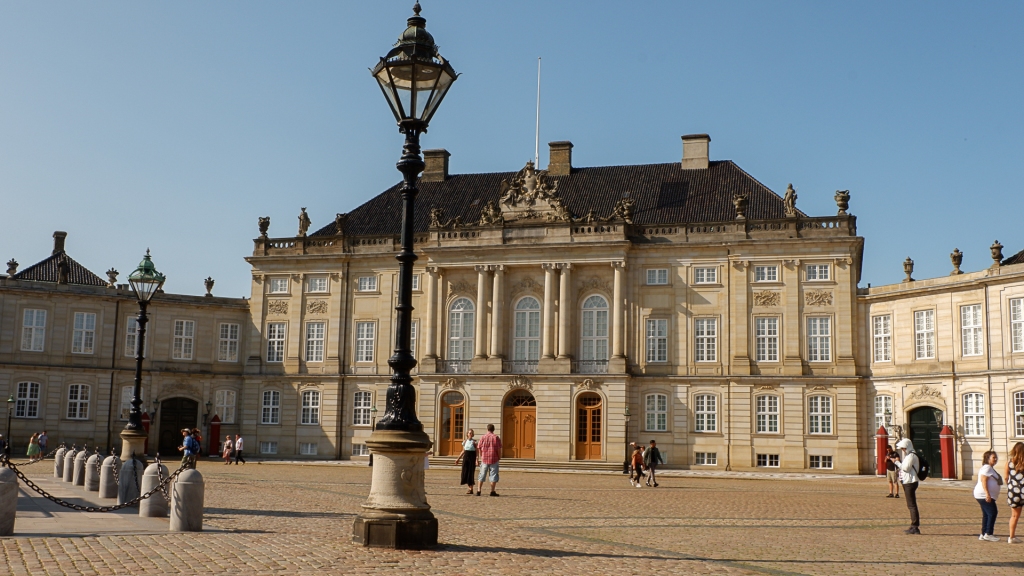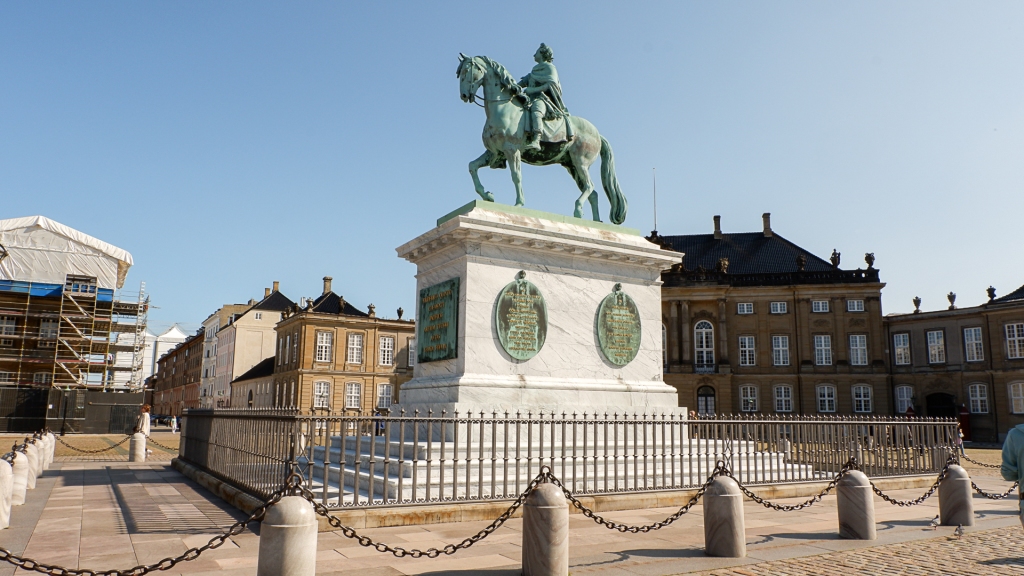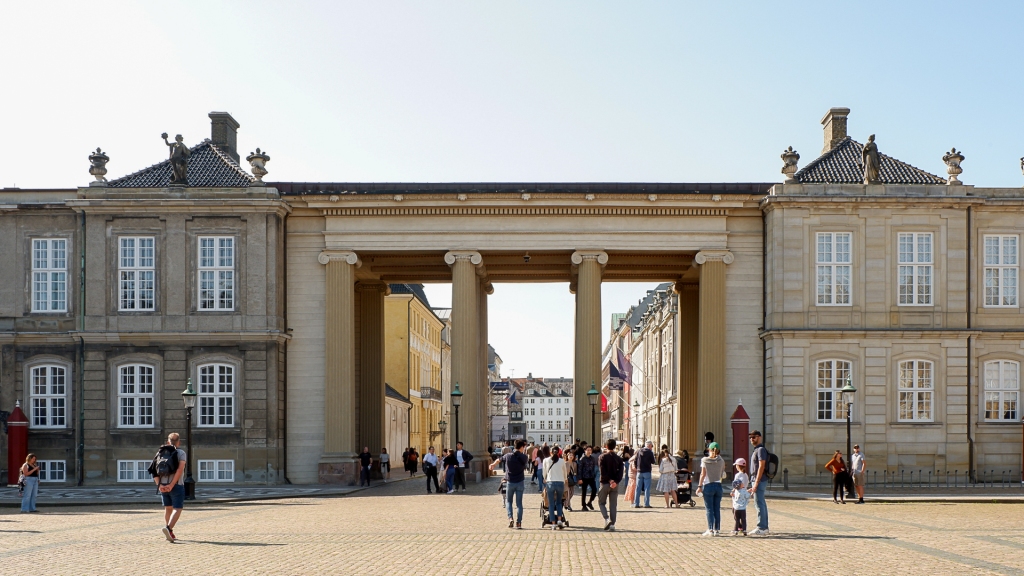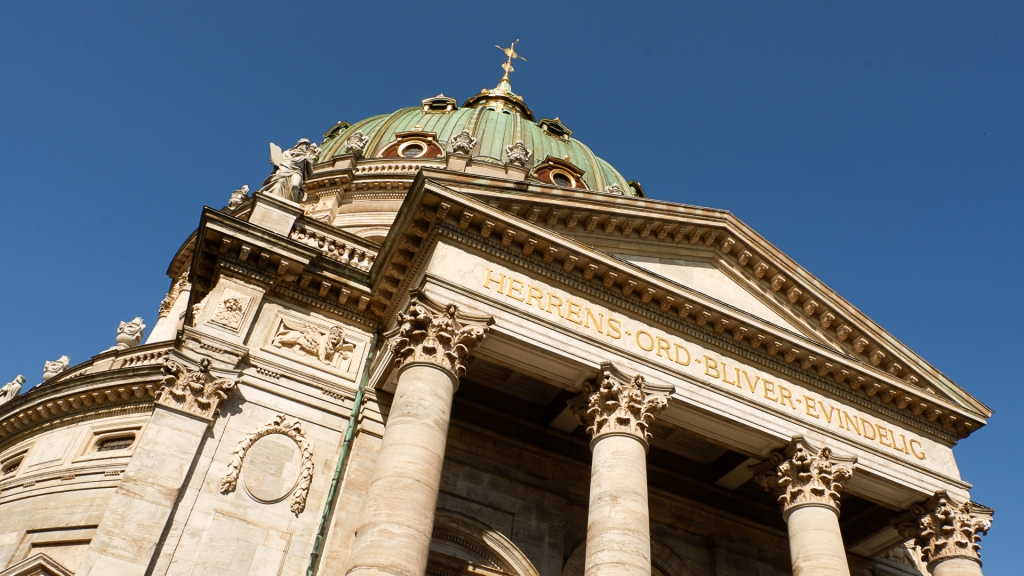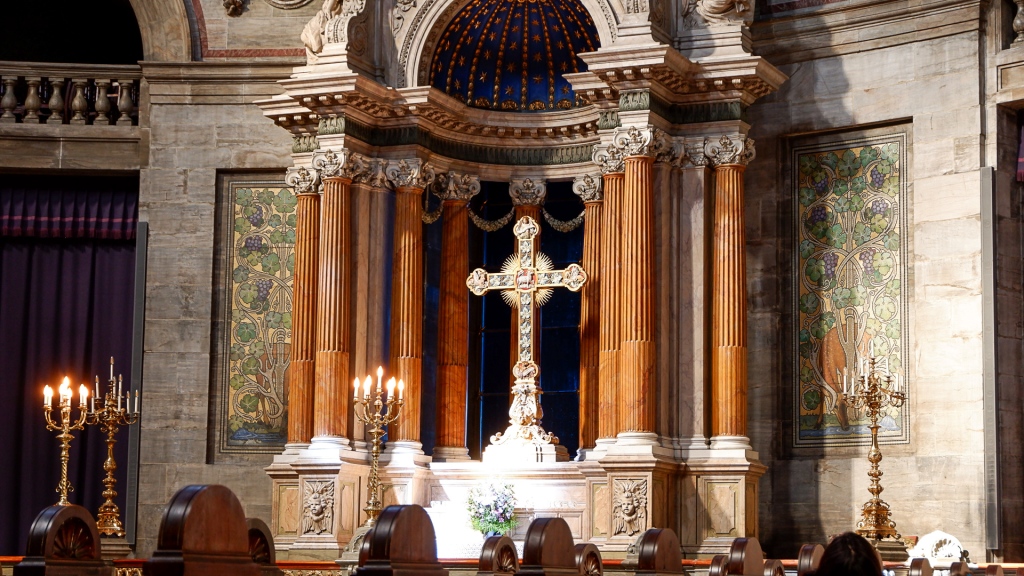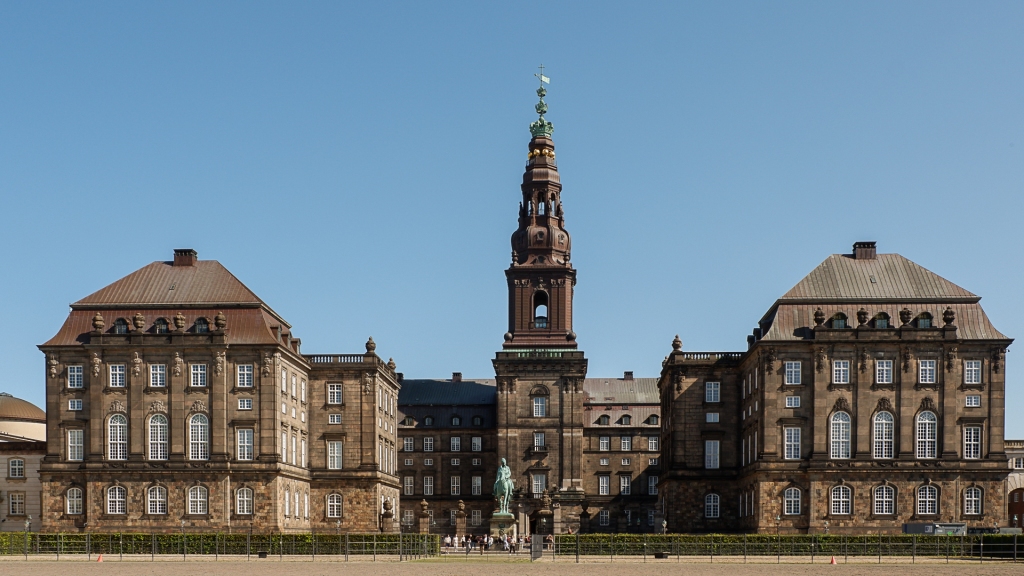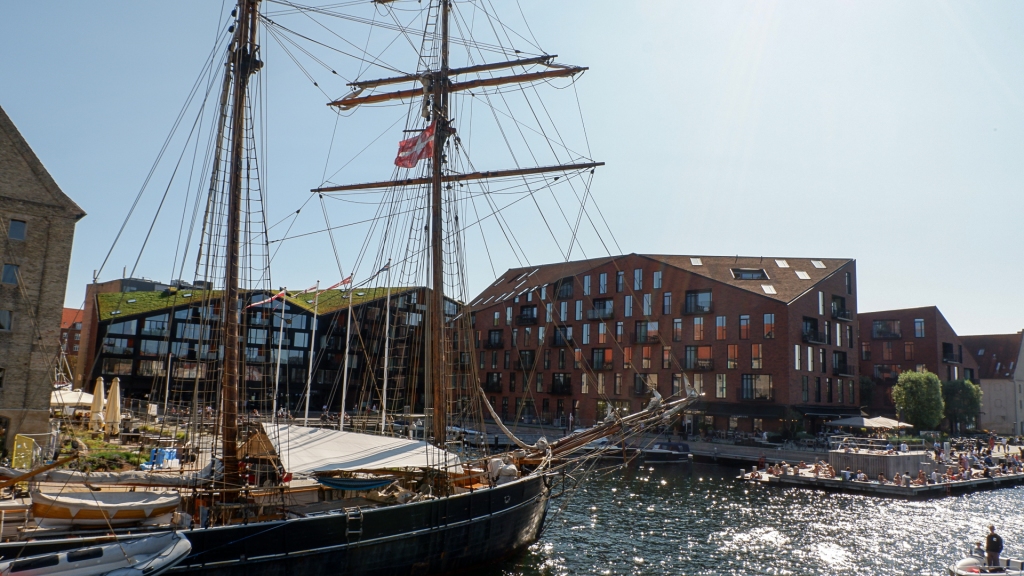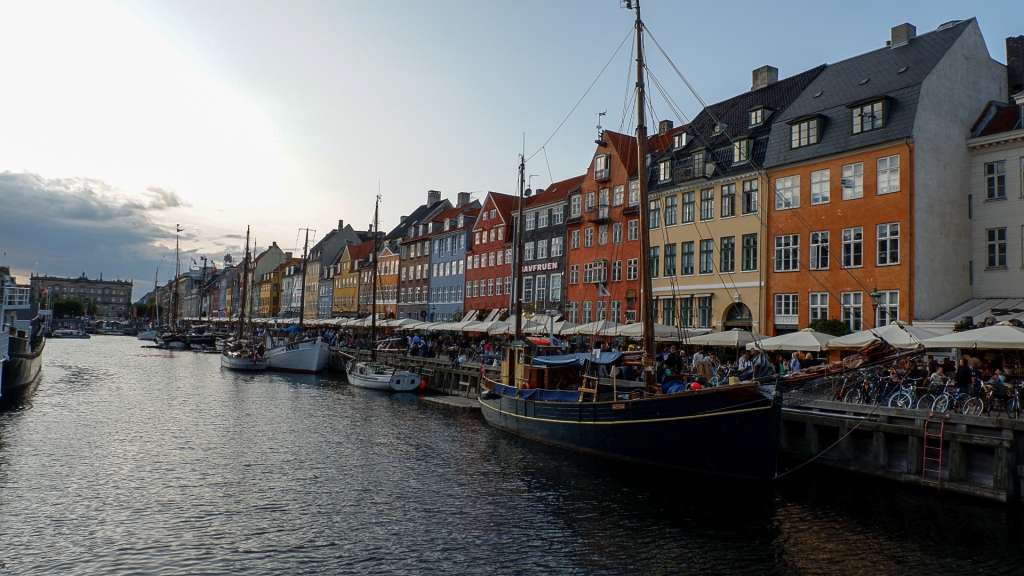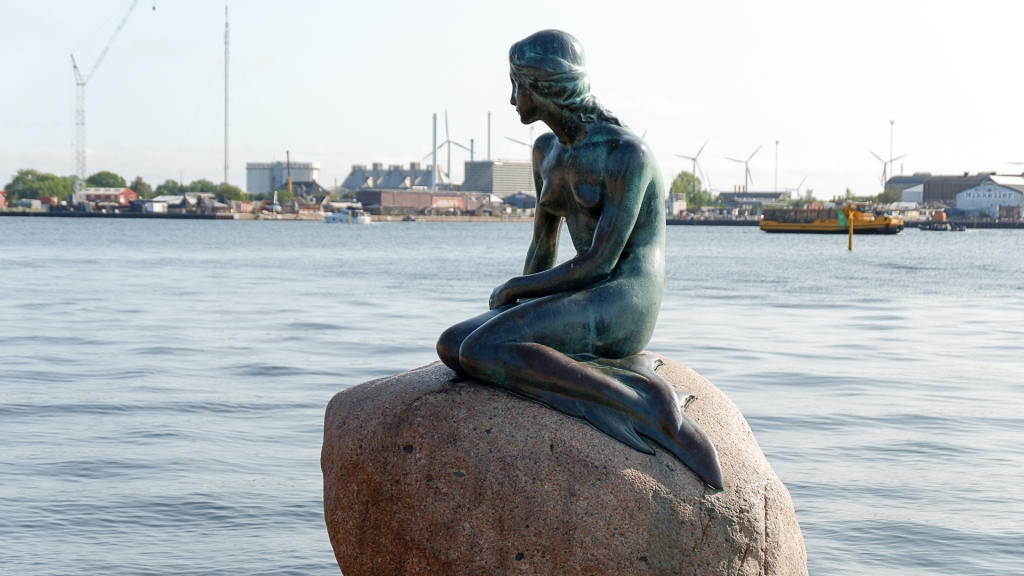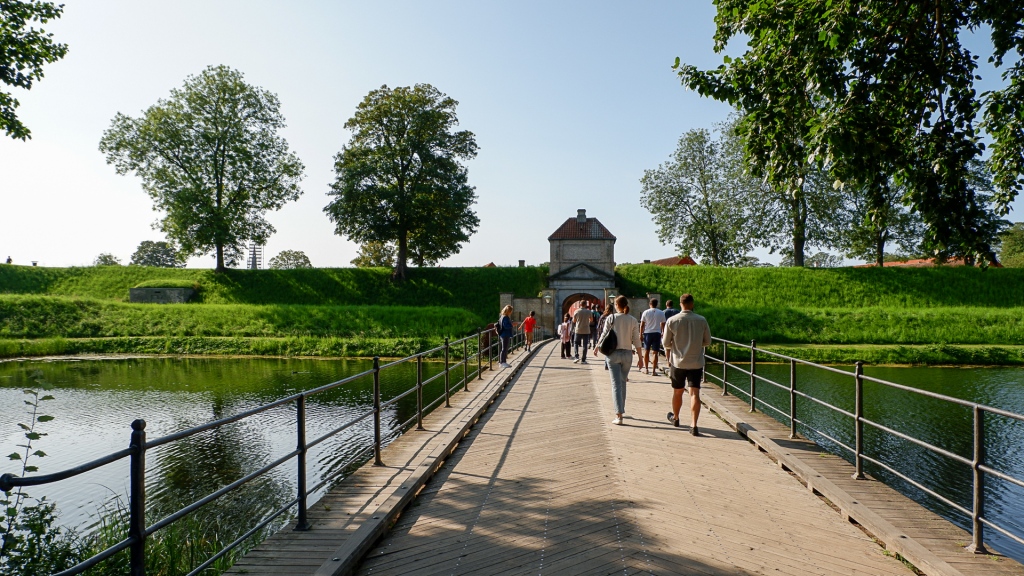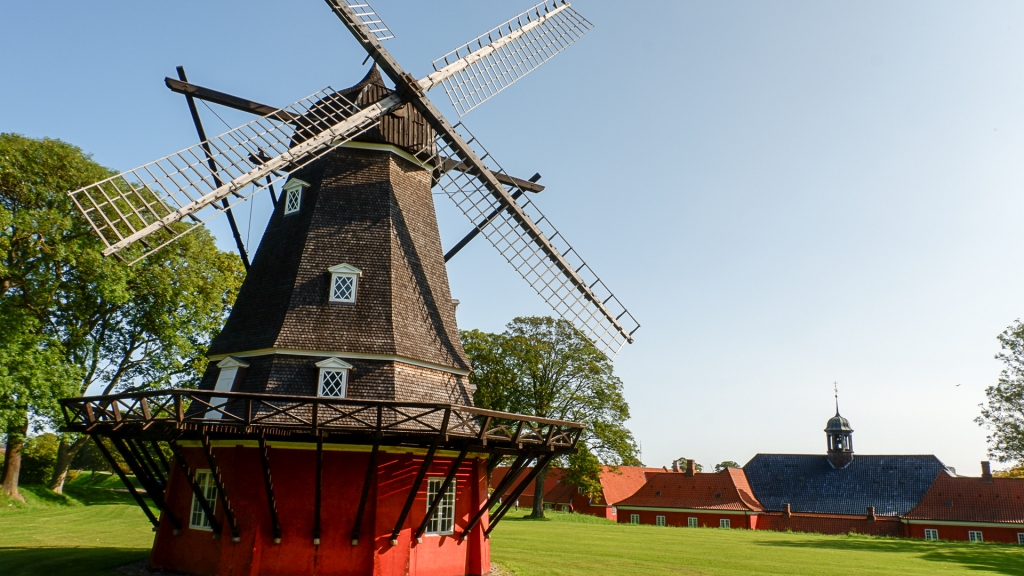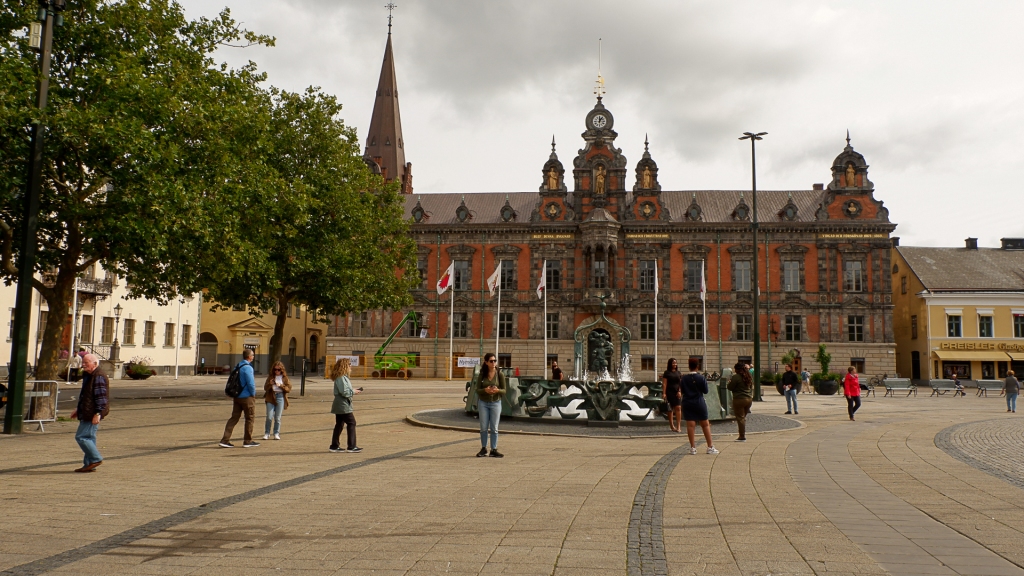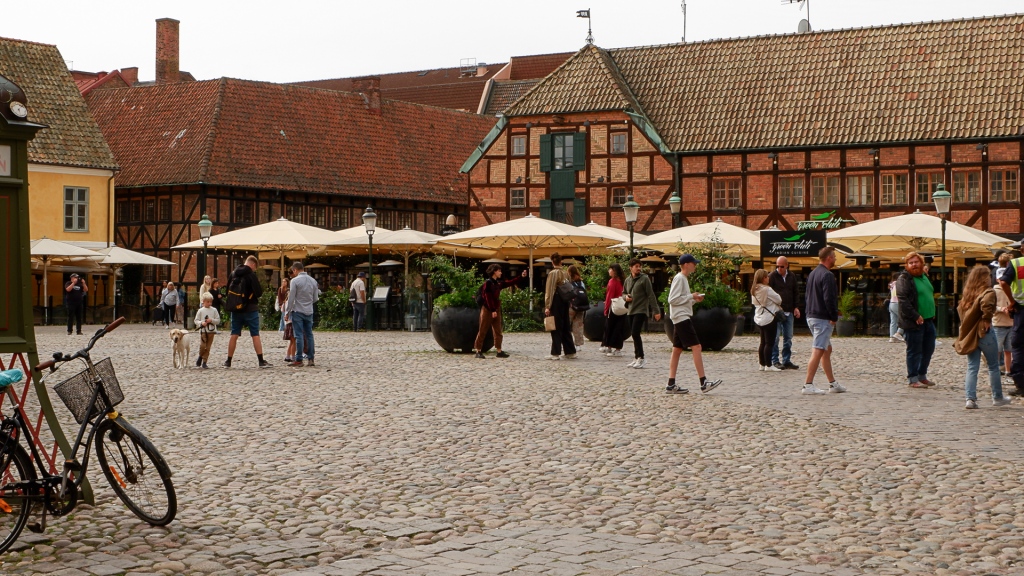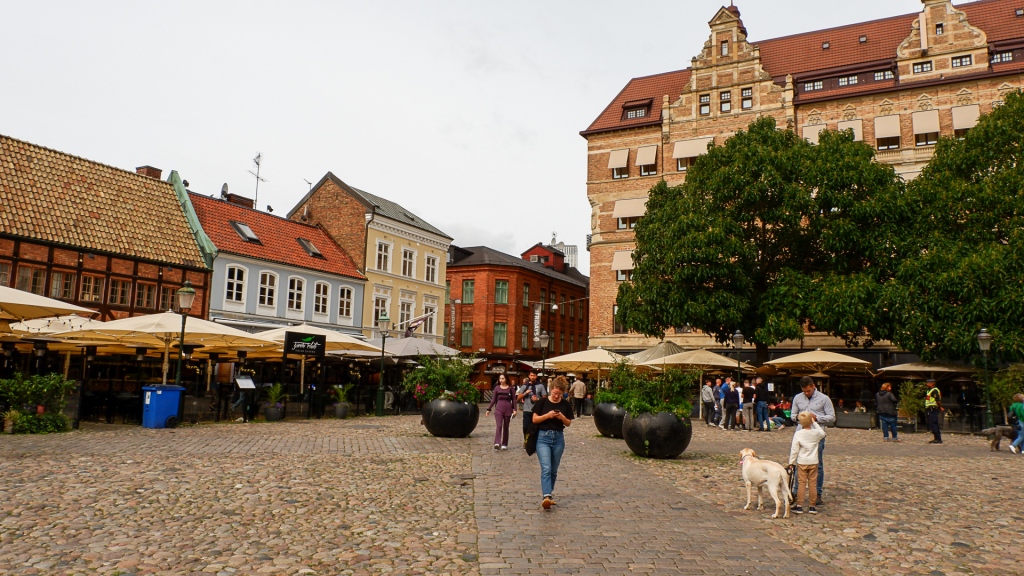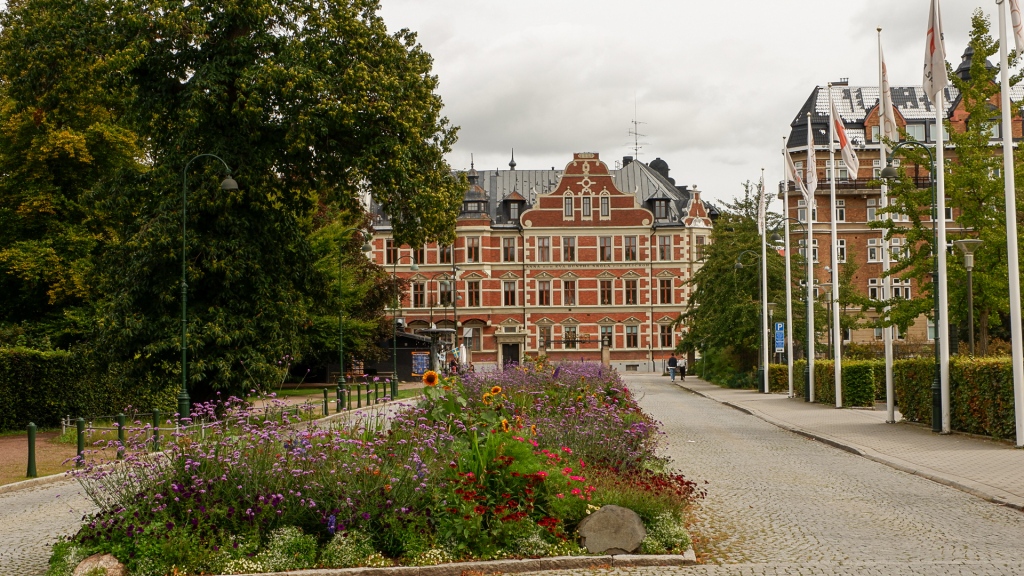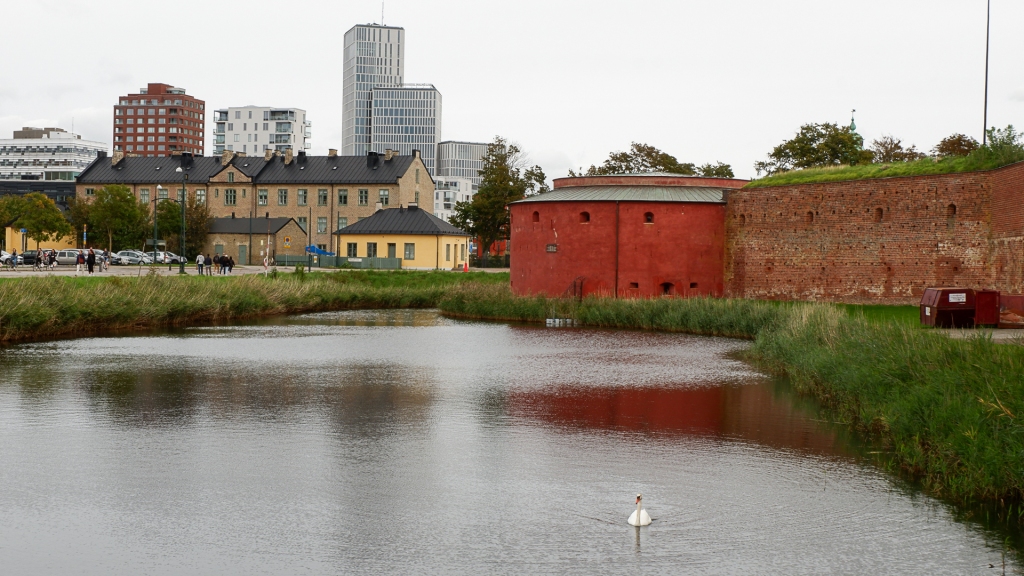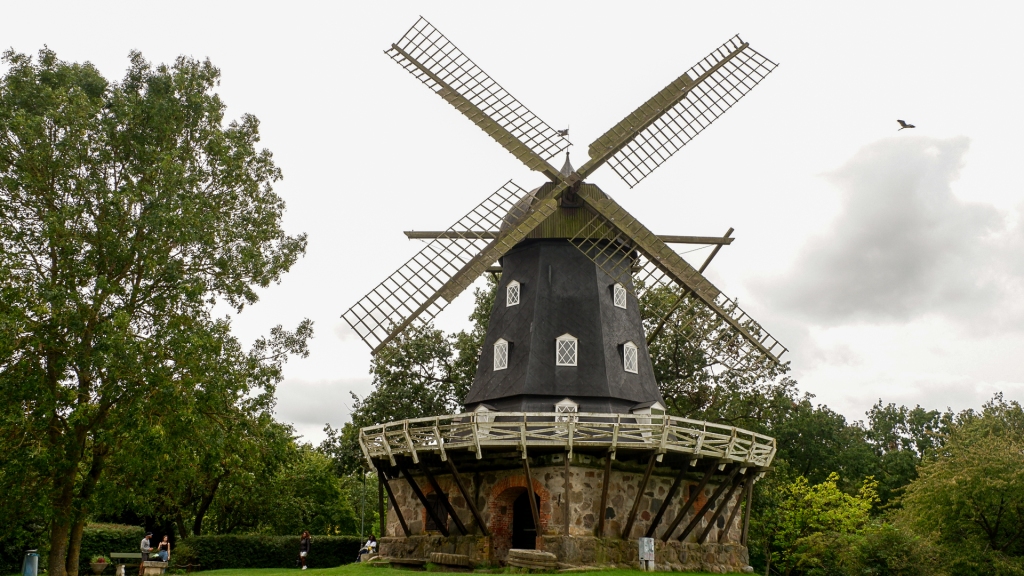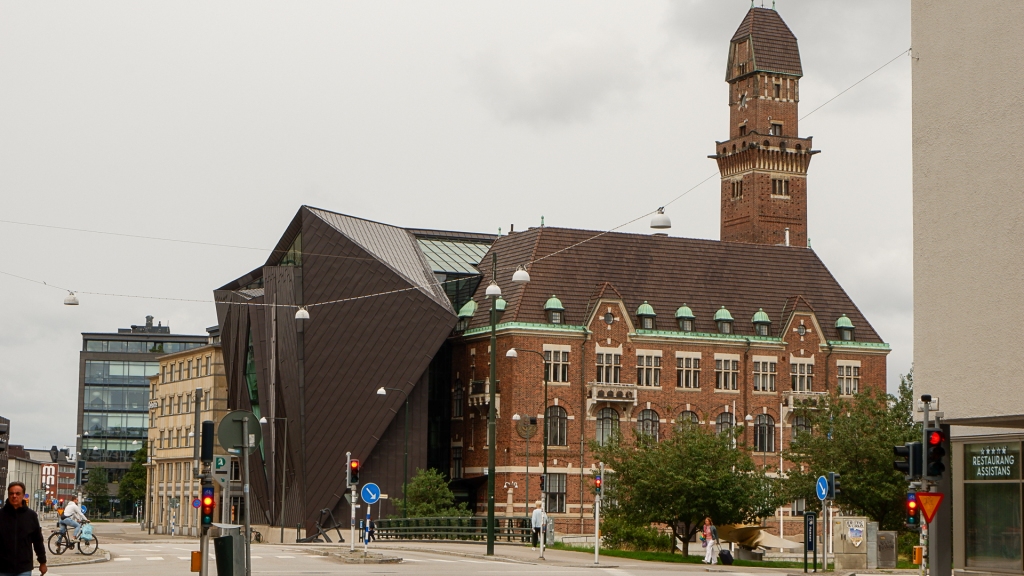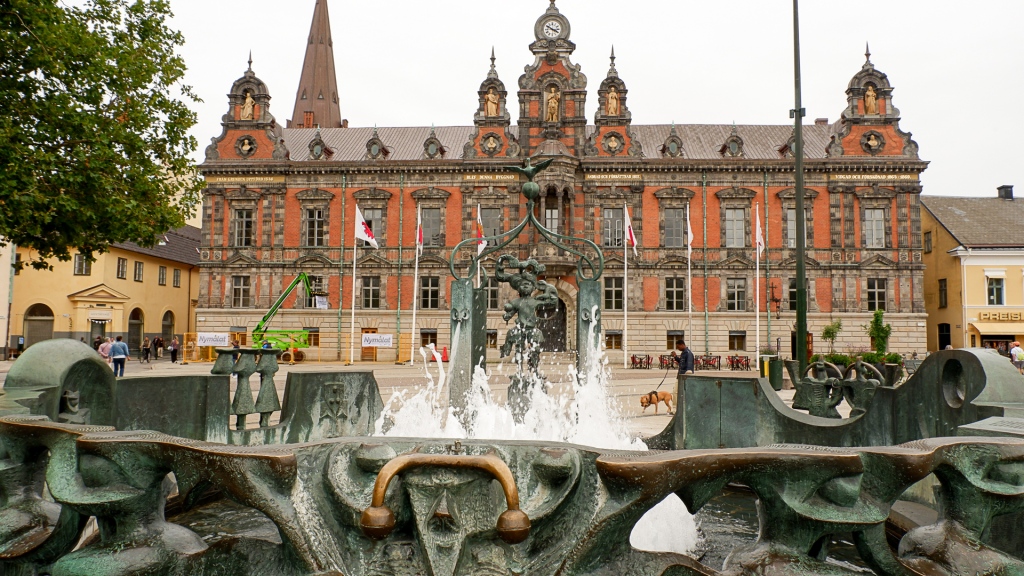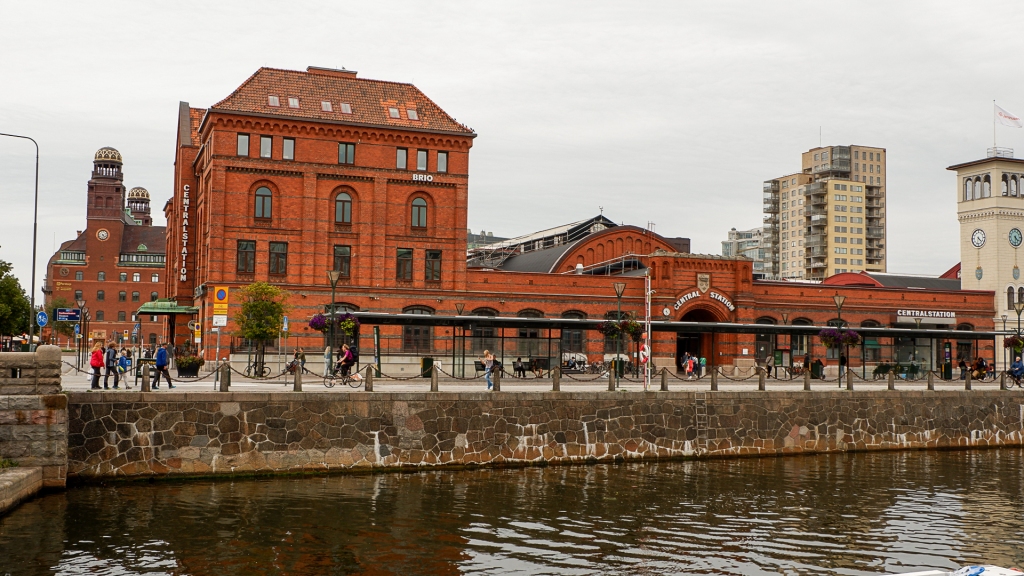It’s the end of summer, and autumn is starting to kick in Scandinavia. Join us on a 3-day trip as we explore the highlights of Copenhagen, and wait for a surprise at the very end of the trip!
(Enjoy 11€ off your flight & Hotel booking using code PDAY11 Book Now)
[Portuguese version available at the end of the article]
Day 1: Immersing in Copenhagen’s Heart
After a smooth arrival at Copenhagen Airport at mid-day, our first stop was Nyhavn, the iconic canal street lined with colorful buildings and lively cafes. A cruise in the canal is a very popular activity to do here. From there, we headed to City Hall Square, passing through Strøget, Copenhagen’s main shopping street and one of Europe’s longest pedestrian streets. Take a moment to rest at the city hall and admire the building’s architecture. The City Hall is a striking example of Danish National Romantic style, characterized by its red brick facade, intricate sculptures, and towering spires. You may want to get a walking tour from here. There are several options here.
Next on our itinerary was a visit to the Round Tower, offering panoramic views of the city skyline. The day ended at the Torvehallerne Market, a marketplace offering a wide array of fresh produce, gourmet delicacies, artisanal products, and international cuisines. It is quite popular among food enthusiasts and the perfect spot to end the evening enjoying a local delicacy.
Day 2: Discovering Castles and Palaces
Second day, first stop: Rosenborg Castle, a magnificent example of Renaissance architecture and Danish royal history. Constructed in the early 17th century by King Christian IV, it served as a royal residence, a treasury, and a repository for the Danish Crown Jewels. Adjacent to the castle lies the tranquil Rosenborg Castle Garden offering an ideal backdrop for a snack break.
From Rosenborg Castle to Amalienborg Palace Square, we marveled at the grandeur of the royal residences, with the statue of King Frederick V. At the center of this big open square. Adjacent to the square, the Frederik’s Church, it’s a marble church with the largest church dome in Scandinavia, offering free entrance.
Fans of the Danish political series Borgen (if you haven’t seen it, I strongly recommend it) will remind of some of Birgitte Nyborg scenes (the main character) while strolling around the Christiansborg Palace, the seat of the Danish Parliament. The opulent interiors and stunning architecture provided a fascinating glimpse into Denmark’s political history.
For those seeking a thrill, make sure to climb the spire of the Church of Our Saviour, enjoying views of Copenhagen from above. Just for curiosity and since we were at a short walking distance, we ended up going to Christiania, the free independent community. The place creeped me out a little bit, and if I wasn’t in the neighborhood, I definitely wouldn’t visit it.
The day ended at Copenhagen Street Food market, offering a mix of food stalls, pop-up restaurants, and outdoor seating, providing unique great views of the city waterfront and the canal as the sun set.
We walked most of the time, but it can be exausting. You can use this city card to see the sights of Copenhagen at your own pace and enjoy free entrance to 80+ attractions.
Third day, Bridging Borders: From Copenhagen to Sweden
Our third day began with a visit to Kastellet Citadel, where you see people cycling, jogging or just walking with their families. It’s a well-preserved fortress, with a windmill. From there, we made our way to the iconic Little Mermaid statue, a symbol of Copenhagen’s maritime heritage. It was bustling with people there to see the little statue. If you get good water, it migt be wort it to try this bike tour with guide as te city offers beautiful gardens and plain areas.
Time to visit Nyhavn for the last time, take some photos and admire the popular street at a different and less busy time of the day. As we bid farewell to Copenhagen, our journey took an unexpected turn toward the city of Malmo, on the southern tip of the Scandinavian Peninsula, a gateway between Sweden and Denmark, connecting the two countries via the iconic Øresund Bridge, just a 30 minutes trip from Copenhagen.
At the heart of the city lies its vibrant city center, where cobblestone streets wind past centuries-old buildings and lively squares brim with activity. Malmo’s skyline is punctuated by historic landmarks such as Malmo Castle, a symbol of the city’s medieval past, and the towering Turning Torso, a modern architectural marvel that dominates the skyline. One of the city’s attractions is its parks and gardens (with cemeteries!), where locals and visitors alike gather to relax and unwind amidst greenery and scenic landscapes.
And what made the day even more special? It was my birthday, and experiencing Sweden for the first time made it all the more memorable.
Until next time, Sweden and Denmark!
Travel safely with World Nomads.
[PT VERSION]
Estamos no final do verão e o outono está a começar a chegar à Escandinávia. Juntem-se a nós numa viagem de 3 dias enquanto exploramos os principais pontos de visita de Copenhaga e esperem por uma surpresa no final da viagem!
Dia 1: No Coração de Copenhague
Após uma chegada tranquila ao Aeroporto de Copenhaga ao meio-dia, nossa primeira paragem foi Nyhavn, a icônica rua do canal ladeada por prédios coloridos e restaurantes. De lá, seguimos para a City hall, passando pelo Strøget, a principal rua comercial de Copenhaga e uma das mais longas ruas pedestres da Europa. Tire um momento para descansar na praca e admirar a arquitetura do edifício. A city hall é um exemplo do estilo romântico nacional dinamarquês, caracterizado pela sua fachada de tijolos vermelhos, esculturas intricadas e torres. Existem várias opções para free walking tours a partir daqui.
Em seguida, visitámos a Torre Redonda, oferecendo vistas panorâmicas da paisagem urbana da cidade. O dia terminou no Mercado de Torvehallerne, um mercado oferecendo uma ampla variedade de produtos frescos, iguarias gourmet, produtos artesanais e cozinhas internacionais. É bastante popular entre os entusiastas da gastronomia e o local perfeito para terminar o dia apreciando uma iguaria local.
Dia 2: Descobrindo Castelos e Palácios
Segundo dia, primeira paragem: Castelo de Rosenborg, um magnífico exemplo de arquitetura renascentista e história real dinamarquesa. Construído no início do século XVII pelo Rei Christian IV, serviu como residência real, tesouro e depósito para as Joias da Coroa Dinamarquesa. Adjacente ao castelo fica o tranquilo Jardim do Castelo de Rosenborg, oferecendo um cenário ideal para uma pausa para um lanche.
Do Castelo de Rosenborg à Praça do Palácio de Amalienborg, fiquei maravilhada com a grandiosidade das residências reais, com a estátua do Rei Frederick V no centro desta grande praça aberta. Adjacente à praça, a Igreja de Frederik, é uma igreja de mármore com a maior cúpula da Escandinávia, oferecendo entrada gratuita.
Os fãs da série política dinamarquesa Borgen (se ainda não viram, eu recomendo fortemente) vão lembrar-se de algumas cenas de Birgitte Nyborg (a personagem principal) enquanto passeiam pelo Palácio Christiansborg, sede do Parlamento Dinamarquês. Os interiores opulentos e a arquitetura deslumbrante ofereceram um vislumbre fascinante da história política da Dinamarca.
Para aqueles que procuram boas vistas da cidade, certifiquem-se de subir ao topo da torre da Igreja Our Savoir. Apenas por curiosidade e como estávamos a uma curta distância a pé, acabamos por entrar no bairro de Christiania, a comunidade independente livre no seio da cidade. Não fiquei fã e não me senti muito segura por ali, se não estivesse nas redondezas, definitivamente não visitaria esta comunidade.
O dia terminou no mercado de comida de rua de Copenhaga, com oferta diversificada de cozinhas, ótimo ambiente e vistas únicas da orla marítima da cidade e do canal enquanto o sol se punha.
Dia 3 Ligando Fronteiras: De Copenhaga para a Suécia
O nosso terceiro dia começou com uma visita à Cidadela de Kastellet, onde se veem pessoas a andar de bicicleta, a correr ou apenas a passear em família. É uma fortaleza bem preservada, com um moinho típico. De lá, seguimos para a icónica estátua da Pequena Sereia, símbolo da herança marítima de Copenhaga, local repleto de pessoas para ver a pequena (e nada impressionante) estátua.
Hora de visitar Nyhavn pela última vez, tirar algumas fotos e admirar a popular rua popular. Ao nos despedirmos de Copenhague, a nossa viaem tomou um rumo não planeado em direção à cidade de Malmo, na ponta sul da Península Escandinava, um ponto de entrada entre Suécia e Dinamarca, conectando os dois países via icônica Ponte Øresund, a apenas 30 minutos de viagem de comboio de Copenhaga.
No coração da cidade está o seu vibrante centro, onde ruas serpenteiam por edifícios centenários e praças animadas. Malmo tem como pontos de referência o seu Castelo, símbolo do passado medieval da cidade, e o Turning Torso, uma maravilha arquitetônica moderna que domina a linha do horizonte.
Outra das atrações da cidade são seus parques e jardins (com cemitérios!), onde moradores e visitantes descontraem entre áreas verdes e paisagens cénicas.
E o que tornou o dia e a visita a Malmo ainda mais especial? Foi o meu aniversário, e experimentar a Suécia pela primeira vez tornou tudo ainda mais memorável.
Até a próxima, Dinamarca e Suécia!


